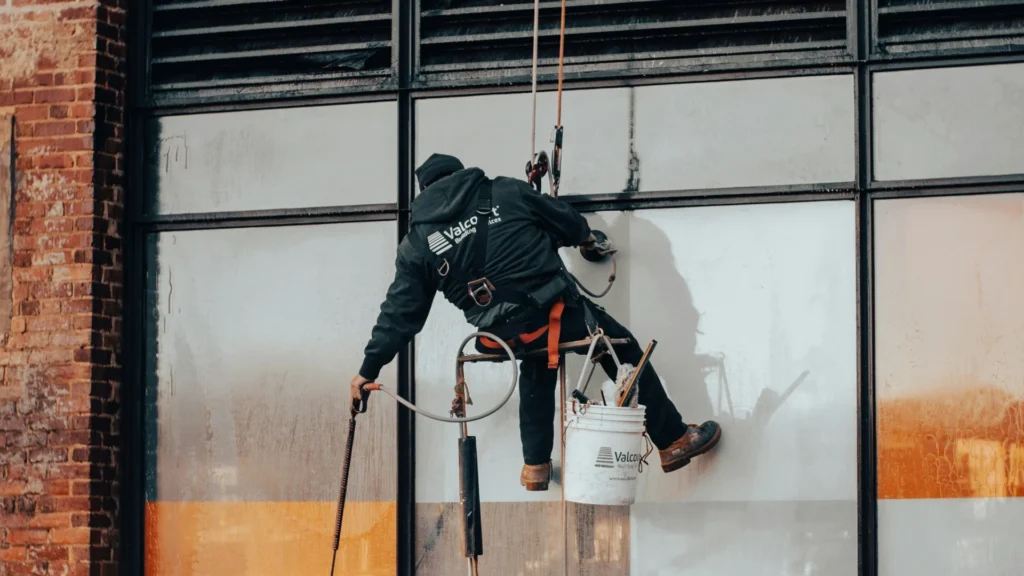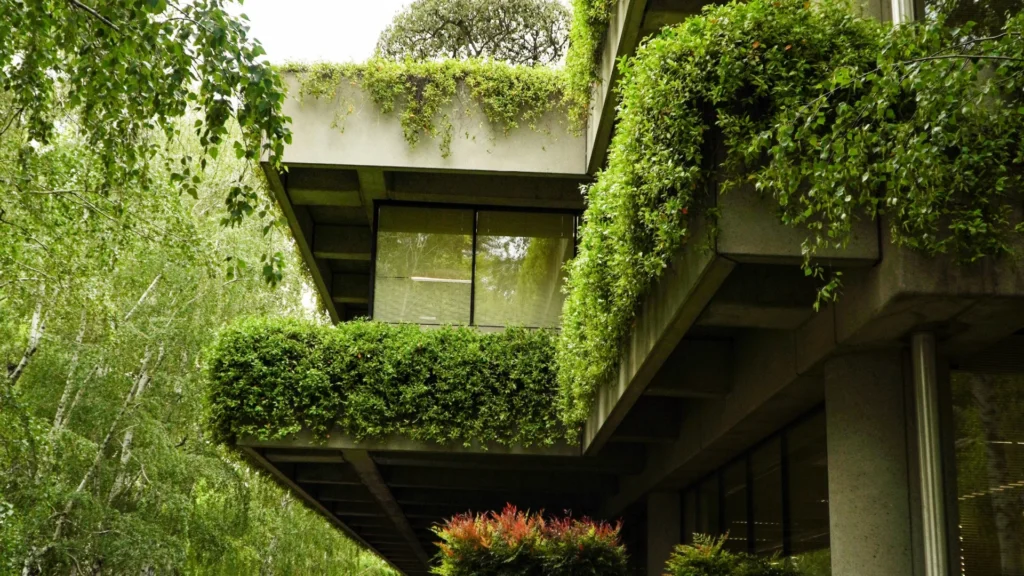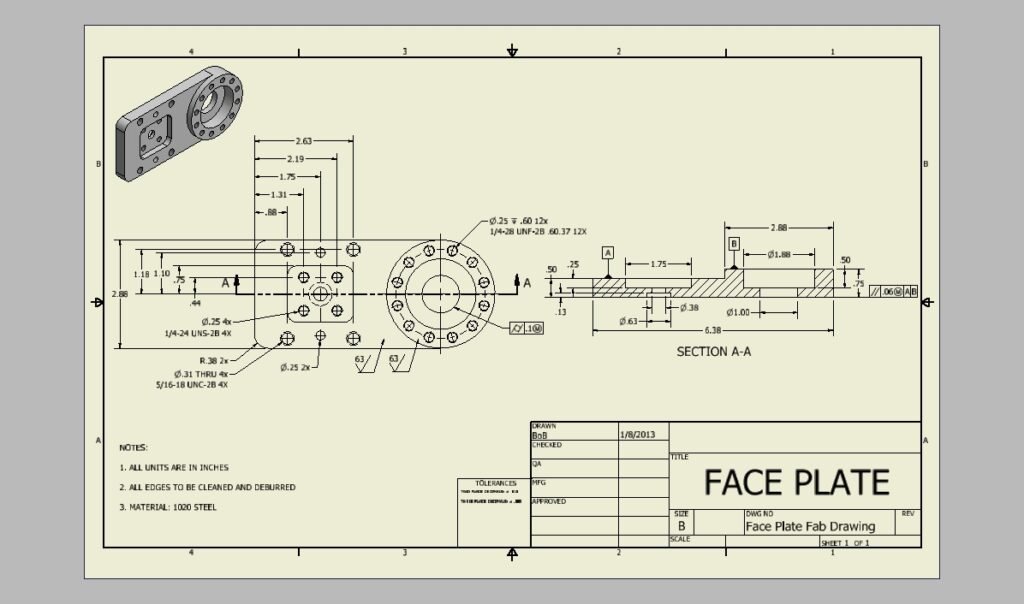Kinetic facade is a cutting-edge architectural feature that are revolutionizing the way buildings interact with their environment. By seamlessly blending technology and design, these dynamic facades are not only visually striking but also offer a range of functional benefits.
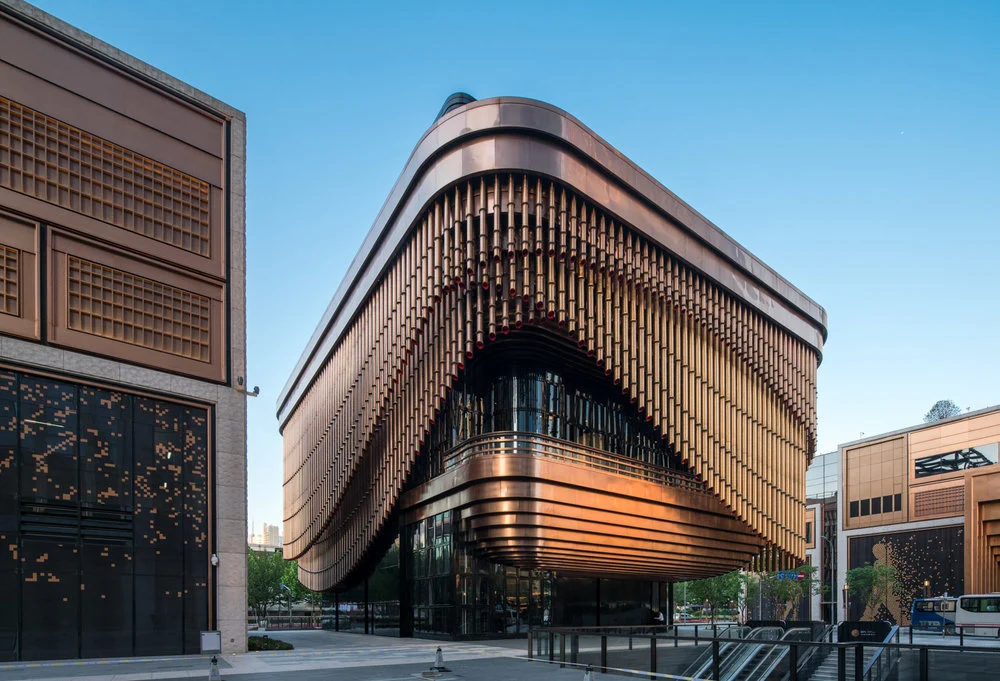
Definition of Kinetic Facade
A kinetic facade is a building envelope that can move or change in response to its surroundings. This movement can be controlled manually or automated through various mechanisms, allowing the facade to adapt to different conditions such as light, temperature, or occupancy.
Significance and Purpose
The primary purpose of a kinetic facade is to enhance the building’s performance and aesthetics. By adjusting its configuration, the facade can optimize energy efficiency, improve indoor comfort, and create a dynamic visual impact that sets the building apart.
How Kinetic Facades Work
To understand how kinetic facades operate, it’s essential to delve into the mechanisms and technologies that power these innovative structures.
Mechanisms and Technologies
Kinetic facades rely on a variety of mechanisms such as motors, actuators, sensors, and control systems to enable movement. These components work together to ensure smooth and precise adjustments that meet the desired objectives.
Integration with Building Design
One of the key aspects of kinetic facades is their seamless integration with the overall building design. Architects and engineers collaborate to incorporate these dynamic elements into the initial concept, ensuring that the facade not only functions effectively but also enhances the building’s aesthetics.
Benefits of Kinetic Facade
The advantages of incorporating a kinetic facade into a building are manifold, spanning from sustainability to user experience.
Energy Efficiency
By adapting to external conditions, kinetic facades can optimize natural light penetration, ventilation, and thermal insulation. This results in reduced energy consumption and lower operational costs over time.
Aesthetic Appeal
The dynamic nature of kinetic facades adds a layer of visual interest to buildings, creating a sense of movement and change that captivates viewers. Architects have the freedom to experiment with different patterns, textures, and configurations, pushing the boundaries of traditional facades.
Climate and Comfort Control
Kinetic facades play a crucial role in regulating indoor climate and comfort levels. By responding to external factors such as sunlight and airflow, these facades can create a more pleasant and sustainable environment for occupants.
Applications and Examples
Numerous architectural projects around the world have embraced the use of kinetic facades to stunning effect.
Architectural Projects with Kinetic Facade
From museums to office buildings, kinetic facades have been implemented in a diverse range of structures. Notable examples include the Al Bahr Towers in Abu Dhabi and the Museo Soumaya in Mexico City, both of which showcase the flexibility and impact of kinetic design.

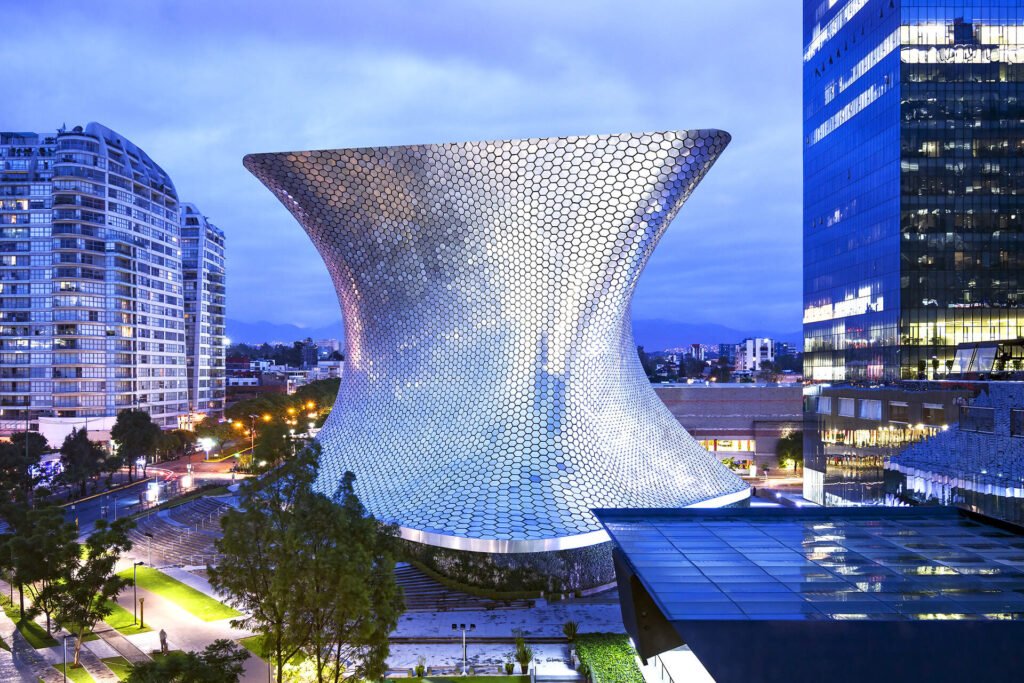
Varied Design Approaches
Architects have adopted different design approaches when incorporating kinetic facades, ranging from intricate patterned facades that respond to sunlight to large-scale kinetic installations that double as public art. Each approach offers a unique perspective on how architecture can interact with its surroundings.
Challenges and Considerations
While kinetic facades offer numerous benefits, there are also challenges that architects and developers must navigate.
Maintenance and Durability
Ensuring the longevity and functionality of a kinetic facade requires regular maintenance and upkeep. Components must be inspected, repaired, and replaced as needed to prevent malfunctions and preserve the facade’s performance.
Cost Implications
The initial cost of installing a kinetic facade can be higher than traditional building envelopes, primarily due to the specialized materials and technologies involved. However, the long-term savings in energy and operational costs often outweigh the upfront investment.
Technological Advancements
As technology continues to evolve, so do the possibilities for kinetic facades. Innovations in materials, sensors, and automation are driving new developments in facade design, opening up exciting opportunities for future projects.
Future Trends in Kinetic Facade
Looking ahead, the future of kinetic facades appears promising, with emerging technologies and sustainability innovations shaping the next generation of dynamic building envelopes.
Emerging Technologies
Advancements in robotics, artificial intelligence, and responsive materials are paving the way for more sophisticated and efficient kinetic facades. These technologies are enabling architects to push the boundaries of what’s possible in terms of design and functionality.
Sustainability Innovations
In response to the growing focus on sustainability, many architects are exploring how kinetic facades can contribute to green building practices. By harnessing renewable energy sources and optimizing energy performance, these facades can play a vital role in creating more eco-friendly buildings.
Conclusion
In conclusion, kinetic facades represent a bold and innovative approach to building design that offers numerous benefits for both occupants and the environment. By combining functionality with aesthetics, these dynamic facades have the potential to shape the future of architecture in exciting ways.
From energy efficiency to aesthetic appeal, kinetic facades deliver a range of advantages that elevate buildings to new heights of performance and design.
As the demand for sustainable and dynamic buildings grows, kinetic facades are poised to become a prominent feature in the architectural landscape, inspiring creativity and pushing the boundaries of what’s possible in building design.
